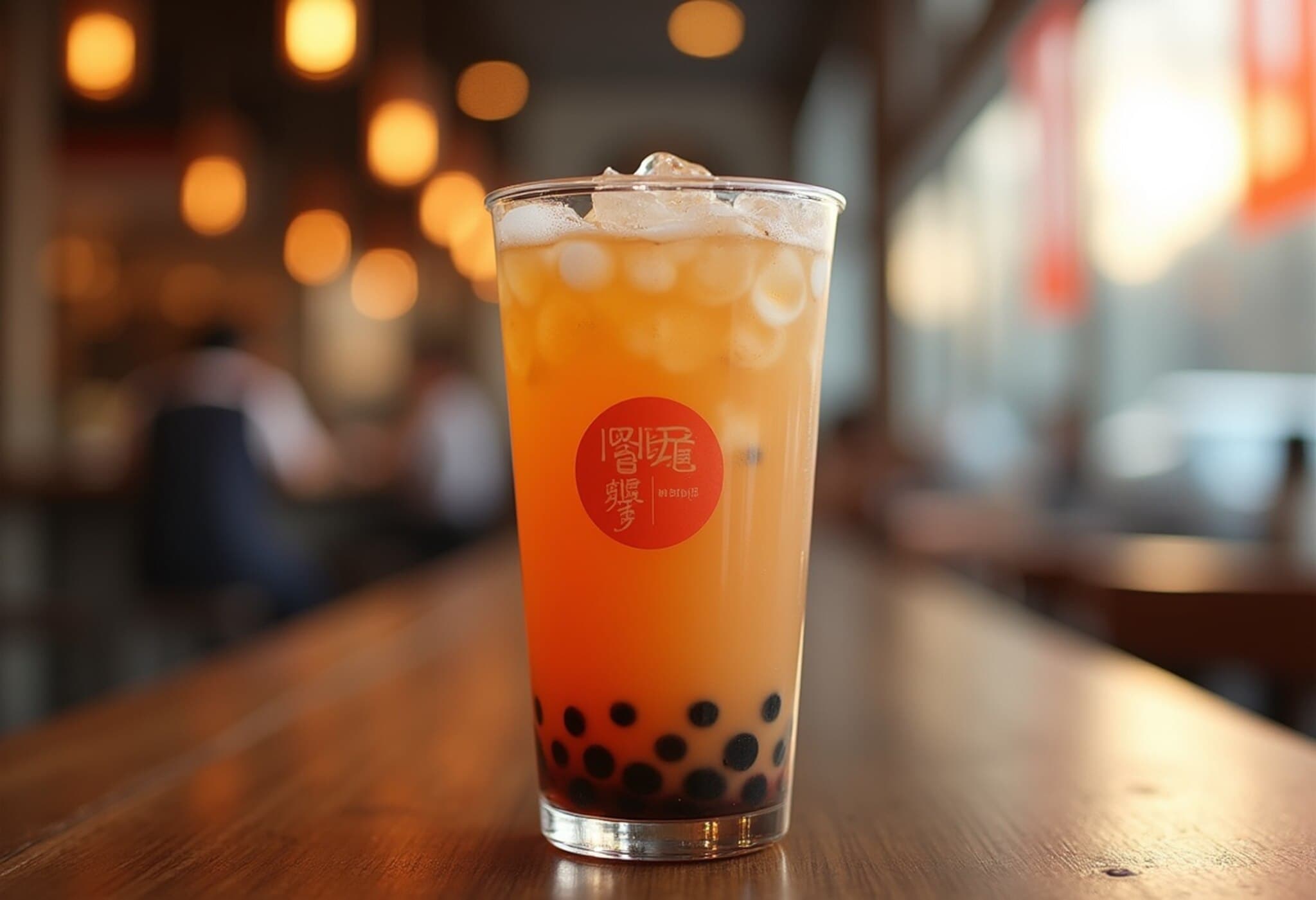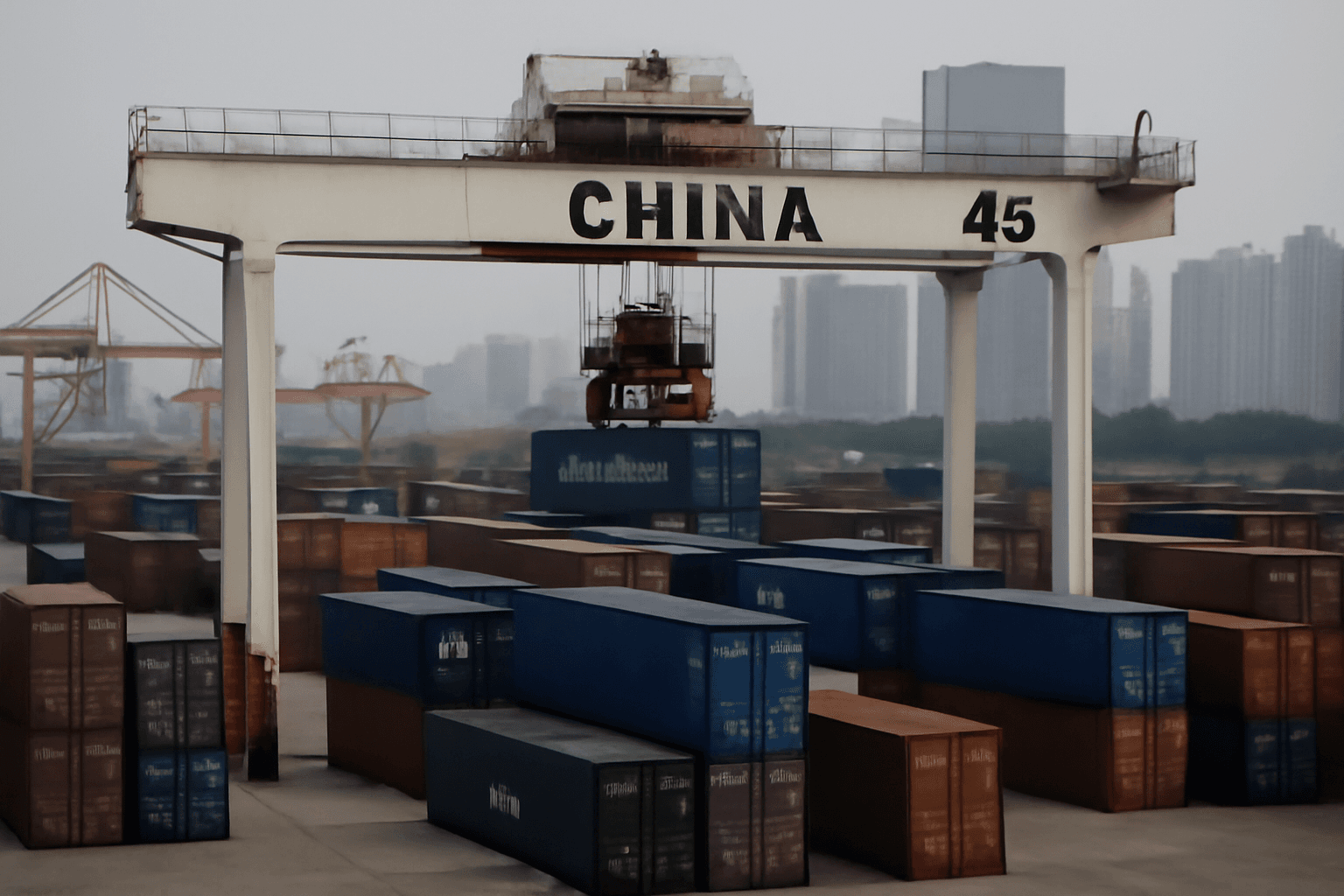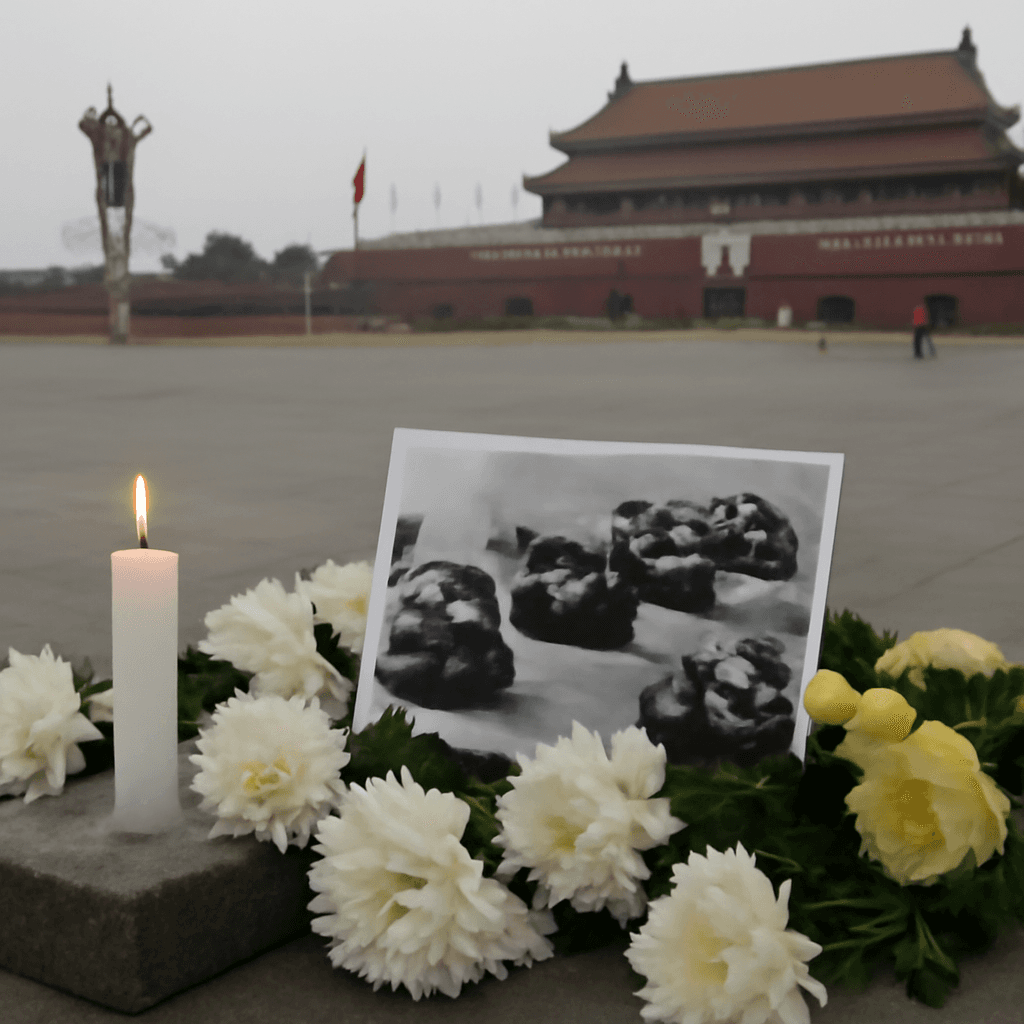China’s Bubble Tea Industry: From Trendy Treat to Global Powerhouse
Once a playful novelty, bubble tea has rapidly transformed into a multi-billion dollar industry commanding global attention. According to market research firm Fortune Business Insights, the worldwide bubble tea market is projected to expand from $2.83 billion in 2025 to $4.78 billion by 2032. This rapid growth reflects not only shifting consumer tastes but also an evolving industry landscape driven by innovation, strategic franchising, and ambitious global expansion.
Major Players and Market Momentum
In 2025, a trio of Chinese bubble tea giants — Mixue Group, Guming Holdings, and Auntea Jenny — successfully listed on the Hong Kong Stock Exchange, raising over $700 million. This influx of capital underscores investor confidence in China’s burgeoning consumer market, especially as global trade tensions incentivize investment in less tariff-sensitive, domestic-oriented sectors.
William Ma, Chief Investment Officer at Grow Investment Group, highlights the timing as "the right place at the right time," pointing out that younger generations’ consumption patterns in China are more resilient amidst international uncertainties.
Mixue Group: A Colossal Franchise Model
Leading the pack is Mixue Group, commanding a staggering 46,000 outlets worldwide by the end of 2024, making it the largest food and beverage chain by store count globally, surpassing industry staples like Starbucks and McDonald’s. Its ultra-low pricing strategy paired with an aggressive franchising model fuels rapid expansion, with new store growth at approximately 22% in 2024.
The franchise model is foundational in this sector. Unlike traditional chains that operate stores directly, bubble tea giants typically function as franchise licensors, focusing on supplying ingredients and equipment while franchisees manage daily operations. This structure enables swift scaling but brings challenges around maintaining quality control and avoiding overlapping market territories.
The Double-Edged Sword of Rapid Expansion
Franchisees generally see a payback period between 18 to 24 months, but market analysts note the high volatility with an estimated 20% store closure rate industry-wide. Rapid store proliferation risks diluting brand standards and eating into existing sales — challenges that bubble tea chains must deftly navigate to sustain long-term profitability.
International Growth: Opportunities and Obstacles
Pursuing overseas markets is an attractive growth vector but far from guaranteed success. CNBC China correspondent Elaine Yu observes that the business formula that flourishes in China doesn’t always translate seamlessly abroad. Diverse consumer tastes and complex supply chain logistics demand regional adaptation, including localized flavors and flexible store formats to resonate with different markets.
Facing Market Saturation, Rising Costs, and Fierce Competition
Despite robust growth, the bubble tea industry confronts headwinds at home. Market saturation in urban centers, increased operational costs, and aggressive price wars are testing the endurance of even the largest brands. The industry’s sustainability hinges on balancing expansive scale with profitability and evolving beyond what some critics view as a mere consumer fad.
Strategic Questions for the Future
- Can bubble tea chains innovate beyond product proliferation to create lasting brand loyalty?
- How will companies effectively implement quality assurance in sprawling franchise networks?
- What operational strategies will best mitigate risks in international supply chains and regional market differences?
- Will rising costs and intensified competition force consolidation or innovation in this saturated market?
Editor’s Note
The explosive growth of China’s bubble tea market is a fascinating case study in modern consumer trends and franchising dynamics. While bubbles and tea pearls enchant taste buds worldwide, the industry’s long-term viability depends on strategic adaptation and operational discipline beyond rapid expansion. This sector embodies a wider global theme: youthful consumerism driving new industries, yet the underlying question remains—will bubble tea become a permanent fixture or fade as a trendy indulgence?
For policymakers and investors alike, the trajectory of bubble tea offers insights into shifting consumption patterns, domestic market resilience amid geopolitical tensions, and the challenges of scaling a beloved product on a truly global stage.



















